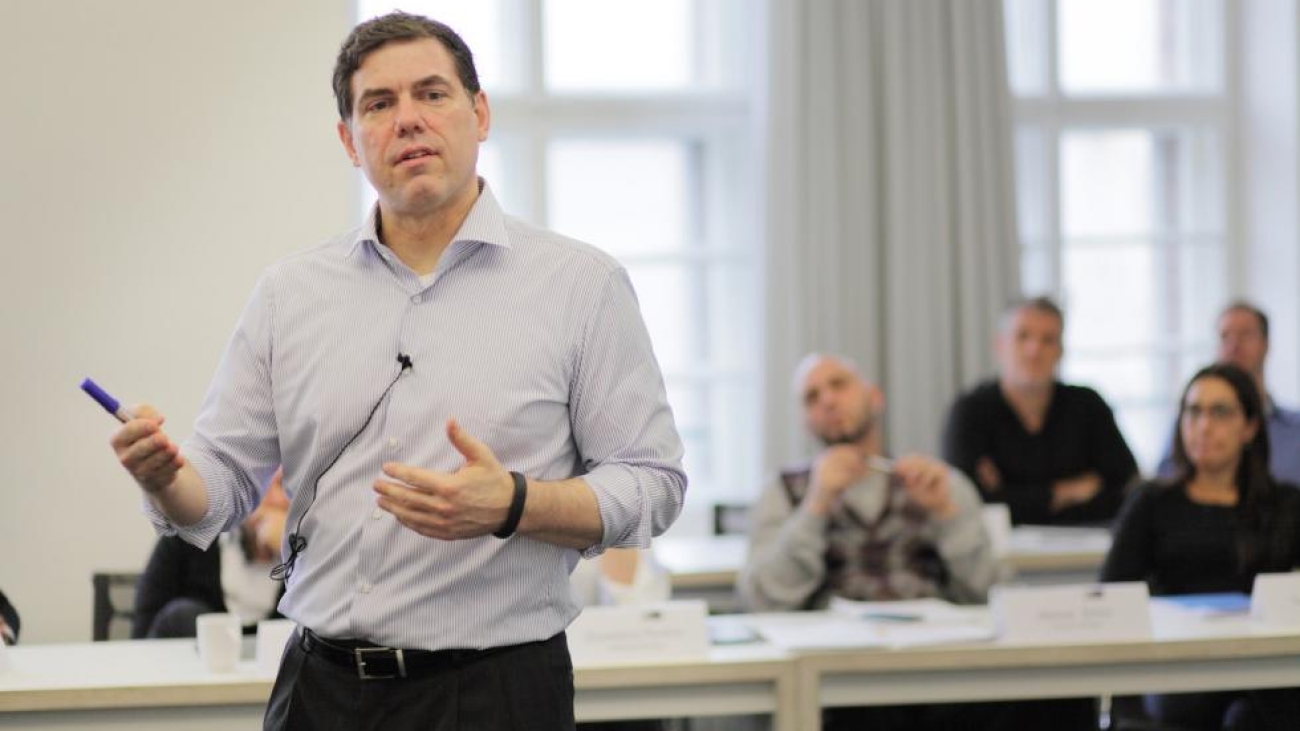During the epidemic, the cost of businesses changing their minds was high. Even so, it may be difficult to avoid it in the future.
“In August, the conference will be held in the city.”
“In fact, the conference will be held online in September.”
“On the 15th, our office will reopen!”
“We’ve decided to put off our return to the office indefinitely.”
“Vaccines aren’t necessary.”
“If you don’t get vaccinated by August 17th, we’ll have to consider dismissing you.
” Experts are concerned that employees will not believe leadership announcements after numerous pandemic waves and now the delta version”
Organization executives have had to switch strategies on their staffs for more than a year and a half as one epidemic wave after another hit. Now, with the virus’s delta variation reshuffling the deck once more—just when a “new normal” appeared to be on the horizon—a rising number of specialists are concerned that leadership legitimacy is eroding.
Whiplash leadership, defined as a leader’s quick series of decisions that often send entry-level employees, senior executives, institutional shareholders, die-hard consumers, and every other type of stakeholder fleeing, has a moniker in consulting circles. Of course, much of this was sparked by a once-in-a-century pandemic. The C-suite had no choice but to act rapidly, and managers had no choice but to improvise on the spot. No one, not even the most brilliant medical brains, could foresee the speed with which illnesses spread or the emergence of new variations. Despite this, some scientists believe it’s becoming clear that the whiplash witnessed since early 2020 isn’t entirely due to a virus.
The Challange:
The Pandemic is unlikely to put an end to the rash of decisions made by leaders and then reversed a short time later.
Why does it Matter?:
Leaders risk losing their credibility and the trust of their stakeholders with each course correction.
The Way Out:
Slow down the decision-making process and explain why each choice was chosen. Even if it’s only for a short time.
“What’s at stake is the company’s entire reputation, trust in corporate leadership, and, as a result, the brand.”
Indeed, whether in response to a local crisis, a new competition, agitated activist investors, or some other tragedy, CEOs were already being pressured to speed up their decision-making. Senior leaders have ingrained the belief that they must act, even if it contradicts a recent decision. The problem is that such decision-making has already had a negative impact on business operations, staff morale, and leadership credibility. Experts suggest that when the pandemic passes, leaders will have to reassess how they make and communicate their most important decisions.”Waffling” is defined as “changing your mind all the time,” according to Al Pittampalli, author of Persuadable: How Great Leaders Change Their Minds to Change the World.
Some think that in a startup atmosphere, whiplash leadership is important. Leaders must be ready to change plans quickly—sometimes entire business models—or risk missing out on opportunities and running out of cash. These experts argue that this isn’t flip-flopping, but rather great leadership.
“Despite the fact that leadership is a human undertaking, the speed is inhuman.”
Leaders are sometimes forced to reverse a decision. Early in the pandemic, Discover Financial Services leaders pledged to make judgments based on the Centers for Disease Control and Prevention’s recommendations, according to Todd Podell, Discover’s chief procurement and corporate services officer. However, as the guidelines changed, Discover’s decisions altered as well, even if it meant the company had to shift course.” There were several instances when we thought, ‘Maybe we should go this route or that way,'” says Podell.
“However, if you don’t base your judgments on those north stars, it might be more difficult for employees.” What’s more, plenty of evidence shows that leaders must be willing to change their minds. For instance, according to Korn Ferry research, agility and flexibility are among the most important characteristics leaders must have to succeed now and in the future. It’s how executives make and convey their decisions that could use a review. Experts suggest, however, that there are often ways for executives to avoid whiplash leadership
“I find that when leaders change their ideas too rapidly, it’s not because the world has changed; it’s because they didn’t make the right decisions in the first place,” Pattampalli
When assessing options, leaders must retain an open mind, actively listen to counterarguments, and stress tests their ideas. Leaders must be elevated based on beliefs and purpose, not ego, according to Cashman. According to Andersson’s research, if this form of decision-making is done regularly, it will create credibility among stakeholders. As a result, even if a manager has to reverse an earlier choice, their credibility and image can be preserved.
Cashman argues that admitting that a previous decision was a mistake or explaining why it is no longer relevant might help stakeholders get over their first shock.
Importantly, even in difficult, fast-paced situations, leaders should take their time making decisions. That may seem contradictory, but pausing to think, reflect, ponder, and deliberate before acting might help a leader avoid making a judgement they’ll regret later
“Elite athletes can slow the game down and play quietly, even when everything is on the line,” Cashman says.
Follow Auxano Consulting on LinkedIn for more interesting reads every Monday
At Auxano Consulting we coach and train you to be a leader who is authentic, inclusive, and aware.
Reach out to us today for your queries to linnet@auxano-consulting.com
(Research & Sources: https://harveychimoff.com/2015/02/24/whiplash-movie-is-case-study-for-terrible-leaders/;https://www.huffpost.com/entry/the-whiplash-effect-lesso_b_6732864; https://en.wikipedia.org/wiki/Whiplash_(2014_film); https://medium.com/@antoniam/is-whiplash-a-film-about-organisational-culture-e329d35f2fea; https://www.kornferry.com/insights/this-week-in-leadership/welcome-to-whiplash-leadership; https://www.kornferry.com/insights/briefings-magazine/issue52/whiplashleadership;https://www.forbes.com/sites/georgebradt/2015/02/23/the-jk-simmons-whiplash-school-of-leadership-development/?sh=3de9c1ff1d10; https://unknownbuddhist.com/2015/06/01/whiplash-whats-your-leadership-style/;https://medium.com/@antoniam/is-whiplash-a-film-about-organisational-culture-e329d35f2fea)







